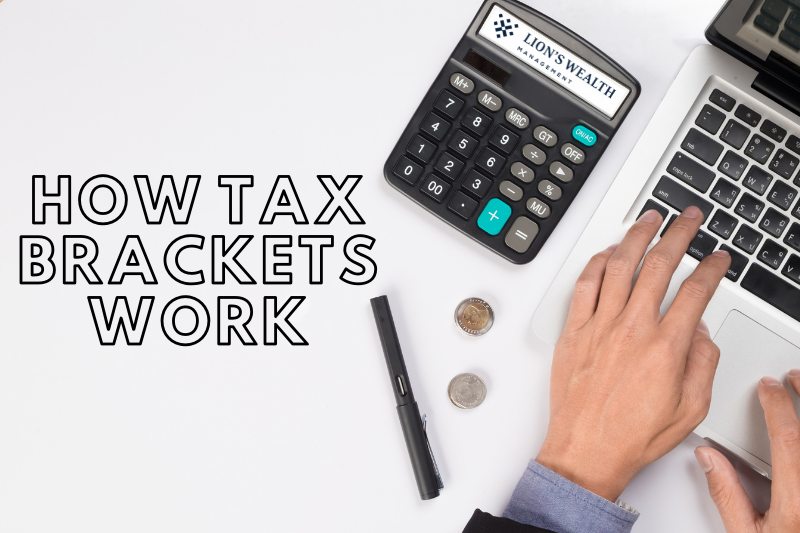What Exactly Is a Tax Bracket?
A tax bracket is a range of incomes that are subject to a certain income tax rate. Tax brackets provide a progressive tax system in which taxes rises gradually as an individual’s income rises. Low-income taxpayers are taxed at comparatively low rates, whereas higher-income taxpayers are taxed at greater rates.
- In the United States, there are now seven federal tax bands, with rates ranging from 10% to 37%.
- The tax system in the United States is progressive, with lower brackets paying lower rates and higher brackets paying higher rates.
- Unless your income puts you in the lowest tax bracket, you are taxed at numerous rates as your income increases, rather than just the rate of the bracket into which you fall.
Understanding Tax Brackets
The Internal Revenue Service (IRS) in the United States has a progressive tax system, which means it uses a marginal tax rate, which is the tax rate paid on each additional dollar of income. As a taxpayer’s income rises, so does the marginal tax rate. There are different tax rates for different income levels. In other words, taxpayers will pay the lowest tax rate on their first “bracket” or level of taxable income, then a higher rate on the next, and so on.
There are seven federal tax brackets for tax years 2021 and 2022. Each has a distinct rate, ranging from 10% to 37%, with various dollar levels for single taxpayers, married joint filers (including eligible widow[er]s), married filing separately filers, and head of household filers.
A taxpayer should first assess their taxable income, which includes earned and investment income less adjustments and deductions, before deciding which tax bracket to utilize.
To know more you can watch the full video here:
Tax Brackets vs. Tax Rates
The total amount of taxes owing is calculated using both tax brackets and tax rates. However, while they look to be identical, they are actually quite different.
A tax rate is a percentage of income that is taxed, whereas each tax bracket is a range of income with a distinct tax rate, such as 10%, 12%, or 22%, referred to as the marginal rate. Most taxpayers, with the exception of those in the lowest tax band, have income that is taxed progressively, which means that it is subject to numerous rates in addition to the nominal rate of their tax bracket.
The tax bracket of a taxpayer may not always represent the percentage of their income that they will pay in taxes. This is referred to as the effective tax rate.
Take note :
Each year, the Internal Revenue Service (IRS) adjusts the tax brackets to account for inflation. Below are the income thresholds for tax year 2022.
The top tax rate is 37% for individual single taxpayers with incomes greater than $539,900 (or more than $647,850 for married couples filing jointly). The other rates are:
35%, for incomes over $215,950 ($431,900 for married couples filing jointly)
32% for incomes over $170,050 ($340,100 for married couples filing jointly)
24% for incomes over $89,075 ($178,150 for married couples filing jointly)
22% for incomes over $41,775 ($83,550 for married couples filing jointly)
12% for incomes over $10,275 ($20,550 for married couples filing jointly)
The lowest rate for the 2022 tax year is 10% for single individuals with incomes of $10,275 or less ($20,550 for married couples filing jointly).
We at Lion’s Wealth Management can help you to estimate which tax bracket your earnings will fall under.








